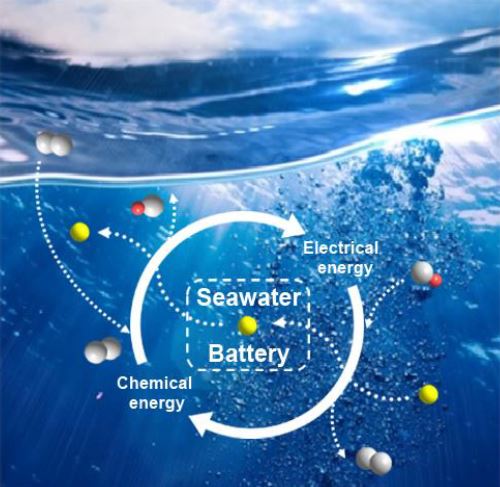Rechargeable Seawater Battery - from Concept to Applications
- Journal
- Advanced Materials
- Vol
- 31
- Page
- 1804936
- Year
- 2019
Harvesting energy from natural resources is of significant interest because of their abundance and sustainability. Seawater is the most abundant natural resource on earth, covering two-thirds of the surface. The rechargeable seawater battery is a new energy storage platform that enables interconversion of electrical energy and chemical energy by tapping into seawater as an infinite medium. Here, an overview of the research and development activities of seawater batteries toward practical applications is presented. Seawater batteries consist of anode and cathode compartments that are separated by a Na-ion conducting membrane, which allows only Na+ ion transport between the two electrodes. The roles and drawbacks of the three key components, as well as the development concept and operation principles of the batteries on the basis of previous reports are covered. Moreover, the prototype manufacturing lines for mass production and automation, and potential applications, particularly in marine environments are introduced. Highlighting the importance of engineering the cell components, as well as optimizing the system level for a particular application and thereby successful market entry, the key issues to be resolved are discussed, so that the seawater battery can emerge as a promising alternative to existing rechargeable batteries.

